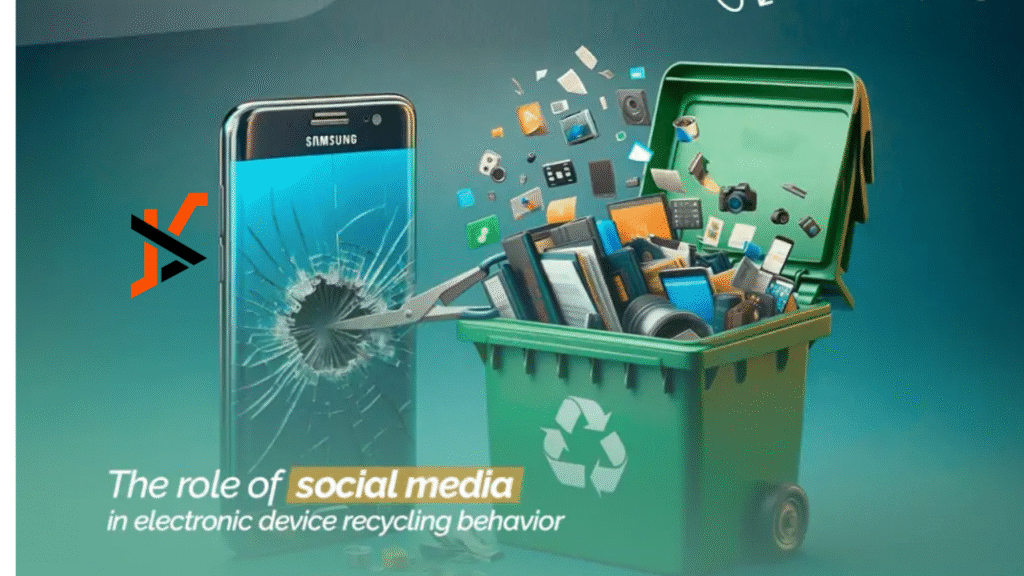In today’s digital age, where new devices are constantly replacing old ones, the rapid pace of innovation can make older electronics feel obsolete in mere months. However, showcasing the history of electronics — from the earliest vacuum tube radios to the sleek smartphones of today — presents a unique opportunity to inspire a greater appreciation for technology and foster a culture of responsible recycling. By tracing the evolution of electronics and highlighting the materials and labor involved in their production, we can raise public awareness about the value of these devices and the importance of sustainable disposal practices.
The Evolution of Electronics: A Technological Timeline
Electronics have come a long way since the early 20th century. The first widely recognized consumer electronic was the radio, which gained popularity in the 1920s and 1930s. These early devices were bulky, analog, and constructed with durable metals and wooden housings. As technology progressed, the invention of the transistor in 1947 revolutionized electronics, allowing for smaller, more efficient devices.
The 1970s and 1980s ushered in a golden age of consumer electronics. Personal computers, VCRs, and gaming consoles like the Atari 2600 and Nintendo Entertainment System became household staples. These innovations paved the way for the digital revolution of the 1990s and 2000s, marked by the rise of cell phones, laptops, flat-screen TVs, and digital music players.
Today’s electronics are lighter, faster, and more interconnected than ever before. However, this rapid innovation has created a throwaway culture, where devices are discarded at alarming rates. Revisiting the roots of electronic technology can be a powerful tool in shifting mindsets from disposability to sustainability.
Why Highlighting the Past Matters for the Future
Historical exhibitions and educational programs that display vintage electronics can help people understand the time, effort, and resources invested in these devices. Many early electronics were designed to be repaired rather than replaced, with components that could be disassembled and reused. This contrasts sharply with many modern products that are sealed, non-repairable, and built with planned obsolescence in mind.
By showcasing older electronics, museums, schools, and community events can draw attention to how design philosophies have changed — and how they can evolve again in favor of sustainability. This kind of public engagement serves as a bridge between nostalgia and environmental responsibility, making recycling feel less like a chore and more like a contribution to preserving a legacy.
Educational Exhibits and Community Outreach
Several museums and organizations have successfully used electronics history as an educational tool. For example, institutions like the Computer History Museum in California and the National Museum of American History in Washington, D.C., display everything from early calculators to the first home computers. These exhibits highlight not only the technological breakthroughs but also the rare earth metals, plastics, and glass used in electronics — materials that, when improperly discarded, can cause significant environmental harm.
Local communities can emulate this model by organizing “retro tech” exhibitions, partnering with libraries or schools to feature old electronics alongside modern recycling information. Students can be encouraged to bring in outdated gadgets, share stories from older family members about how they used technology, and learn how to disassemble and sort devices safely for recycling.
Using the Past to Shape Recycling Behavior
By combining historical storytelling with practical guidance, communities can make recycling more approachable. Visitors to electronic history exhibits can be provided with pamphlets or interactive displays explaining where to recycle electronics responsibly.
This fusion of history and action is effective because it appeals to both emotion and logic. People are more likely to change behavior when they feel personally connected to the issue. Recognizing that today’s sleek devices are the descendants of past innovations — and that these innovations were built to last — can prompt more thoughtful decisions about disposal and reuse.
Preserving History, Protecting the Planet
The environmental benefits of recycling electronics are well documented. Recovering metals like gold, silver, and copper reduces the need for mining, saving energy and lowering carbon emissions. Preventing electronic waste from ending up in landfills also minimizes the release of hazardous substances like lead, mercury, and cadmium into the environment.
But beyond these technical reasons, showcasing the history of electronics helps build cultural value around technology. When people view devices not just as commodities but as milestones in human ingenuity, they become more inclined to treat them with care — and more motivated to recycle them properly.
Conclusion
Understanding the past is essential to creating a sustainable future. By celebrating the history of electronics through public displays, education, and storytelling, we can cultivate a deeper appreciation for the devices we use daily. This awareness is a key driver in promoting recycling and extending the lifecycle of our gadgets. As communities increasingly embrace this approach, showcasing electronics history may prove to be one of the most effective — and inspiring — ways to combat the growing e-waste crisis.

